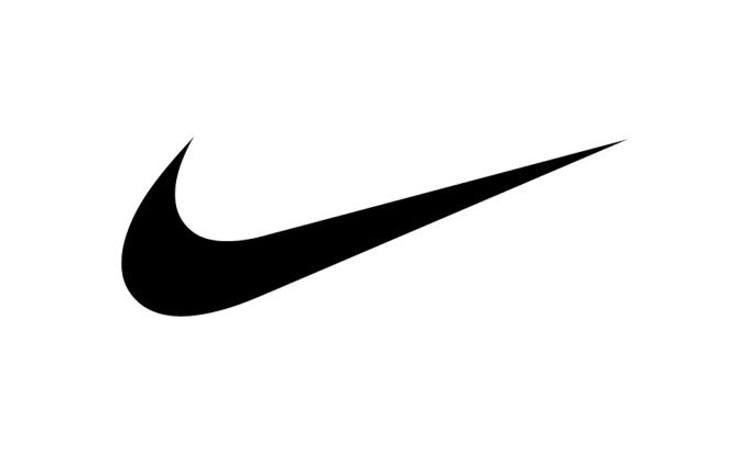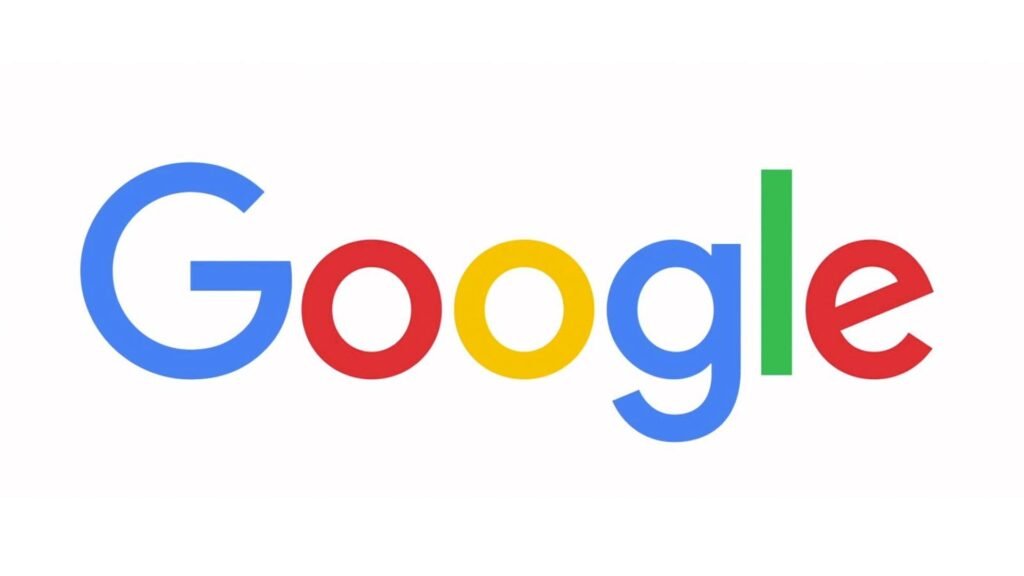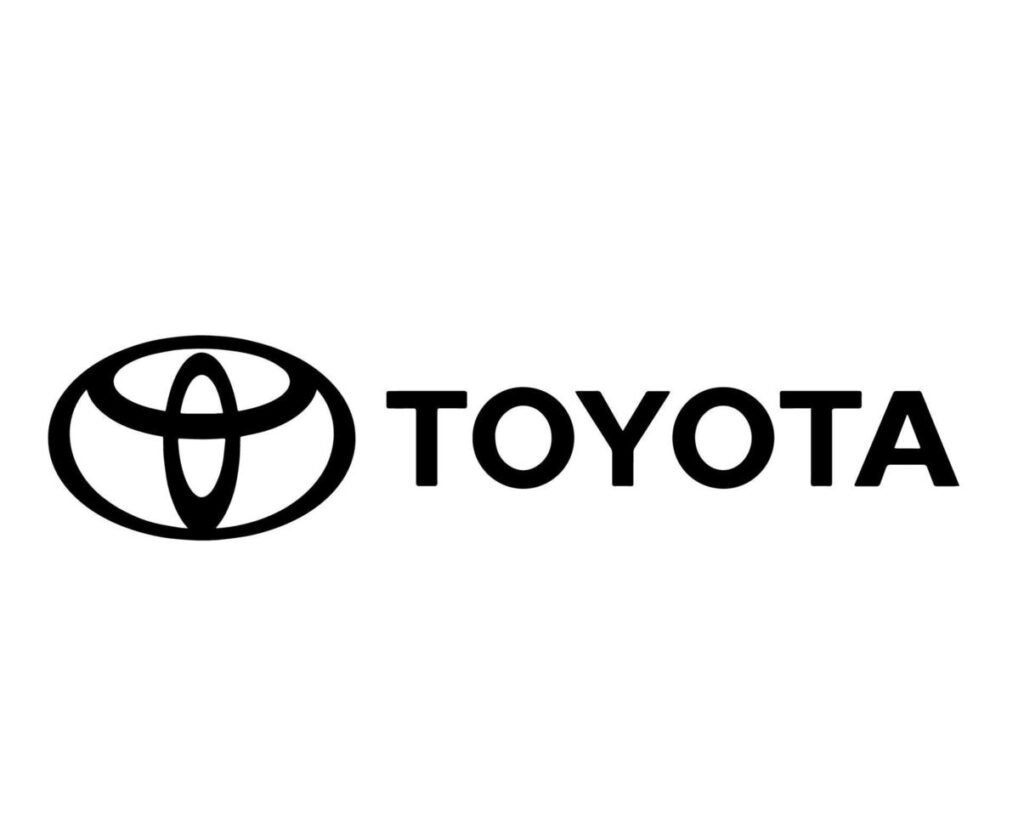
Logos play a crucial role in branding, serving as the visual representation of a company’s identity. In this article, we will delve the fascinating stories behind 8 of the world’s most famous logos. We’ll explore the history, evolution, and impact of these iconic symbols that have stood the test of time.
Coca-Cola

The Coca-Cola logo was created in 1885 by founder John Pemberton’s bookkeeper, Frank Mason Robinson. Over the years, the logo has undergone subtle changes, but its red and white color scheme has remained consistent.
Furthermore, the Coca-Cola logo is synonymous with happiness, refreshing beverages, and a timeless brand that resonates with consumers worldwide.
Nike

The Nike swoosh logo was designed by Carolyn Davidson in 1971, inspired by the wing of the Greek goddess of victory, Nike. Nike’s marketing campaigns have been strategically tied to the swoosh logo, promoting athleticism, determination, and the spirit of winning.
Additionally, the swoosh logo is instantly recognizable and has solidified Nike’s position as a global leader in the sports apparel industry.
Apple

Apple’s iconic logo, featuring a bitten apple, was designed by Rob Janoff in 1977 with input from Steve Jobs. The bitten apple symbolizes knowledge, innovation, and a departure from conformity in the realm of technology.
Additionally, the Apple logo has played a significant role in shaping the brand’s sleek product design and user-centric philosophy.
McDonald’s

The McDonald’s golden arches were first introduced in 1962 as a way to draw attention to the restaurant chain’s distinctive architecture. The spacing between the arches forms the letter “M,” subliminally reinforcing the McDonald’s brand name.
Additionally, controversies have arisen regarding the psychological impact of the red and yellow colors used in the logo, suggesting a connection to hunger and speed.

Google’s logo has evolved since its creation in 1998, shifting from a simple text-based design to the playful multicolored letters we see today. The primary colors used in the Google logo represent the creative and diverse nature of the company’s services.
Additionally, the Google logo is integrated across various products, reinforcing brand recognition and user trust in the search engine giant.
Disney

Walt Disney personally oversaw the creation of the Disney logo, incorporating his signature to imbue the brand with a personal touch. The transition from the original Disney logo, featuring a whimsical font, to the current sleeker version reflects the company’s evolution.
Furthermore, the Disney logo has fostered brand loyalty and nostalgia among audiences, symbolizing magical storytelling and unforgettable characters.
Adidas

Adidas’s iconic three stripes logo originated in the 1950s as a design feature on the brand’s footwear. Moreover, the logo’s simplicity and versatility have allowed it to transcend cultures and resonate with diverse audiences globally. Collaborations with artists, designers, and athletes have been inspired by the Adidas logo, enhancing the brand’s reputation for innovation and style.
Toyota

The Toyota logo, with its overlapping ovals, symbolizes the company’s commitment to excellence, innovation, and global reach. The logo encapsulates Toyota’s philosophy of continuous improvement and customer satisfaction through quality products and services.
As a result, the Toyota logo is a recognizable symbol of reliability and durability, driving brand recognition worldwide.
Conclusion
Logos are more than just visual elements; rather, they are powerful representations of a brand’s values, identity, and legacy. Furthermore, the stories behind these famous logos provide insight into the creative process, cultural significance, and lasting impact of these iconic symbols.
As we continue to witness the evolution of branding and design, these famous logos serve as enduring testaments to the art of visual communication.







